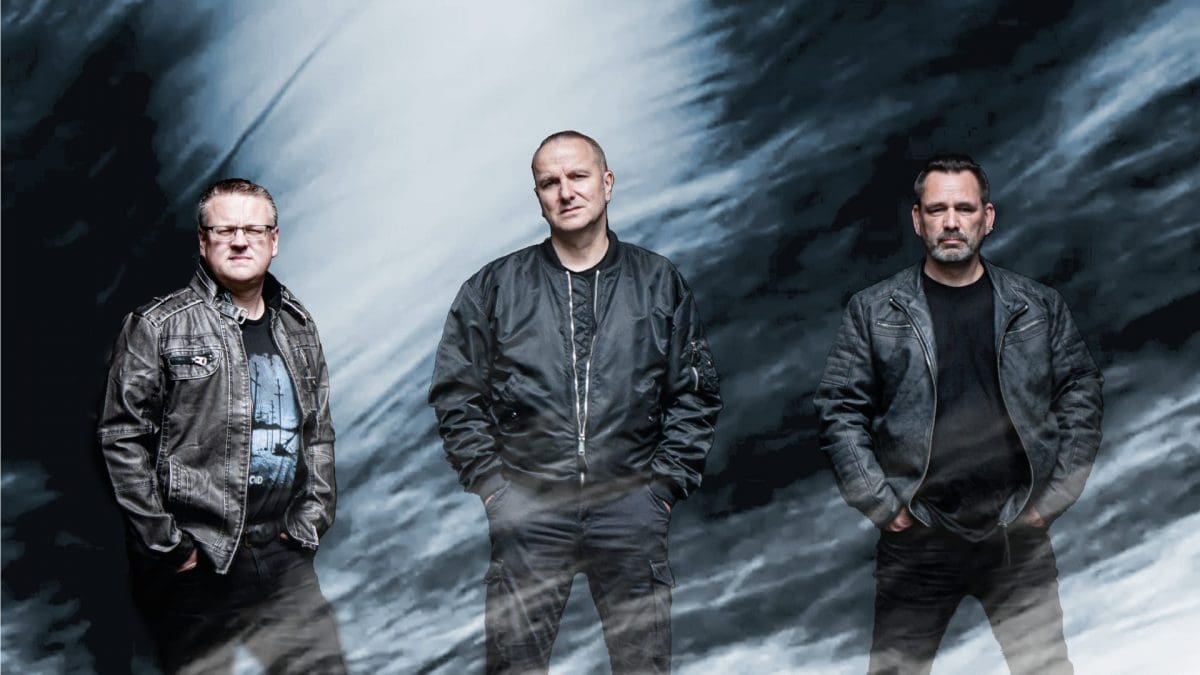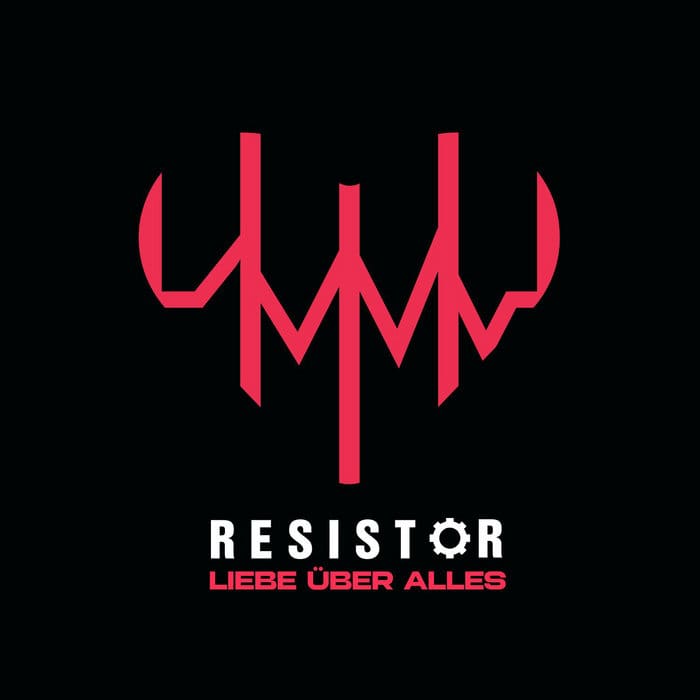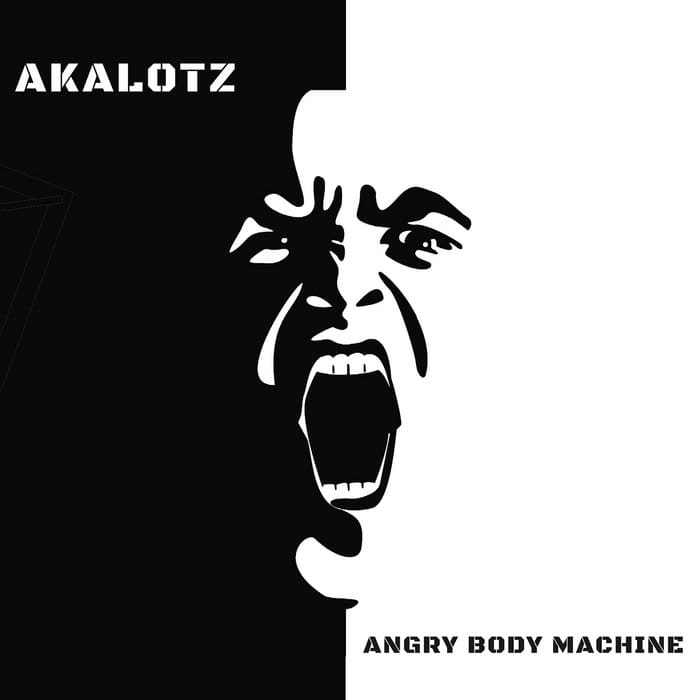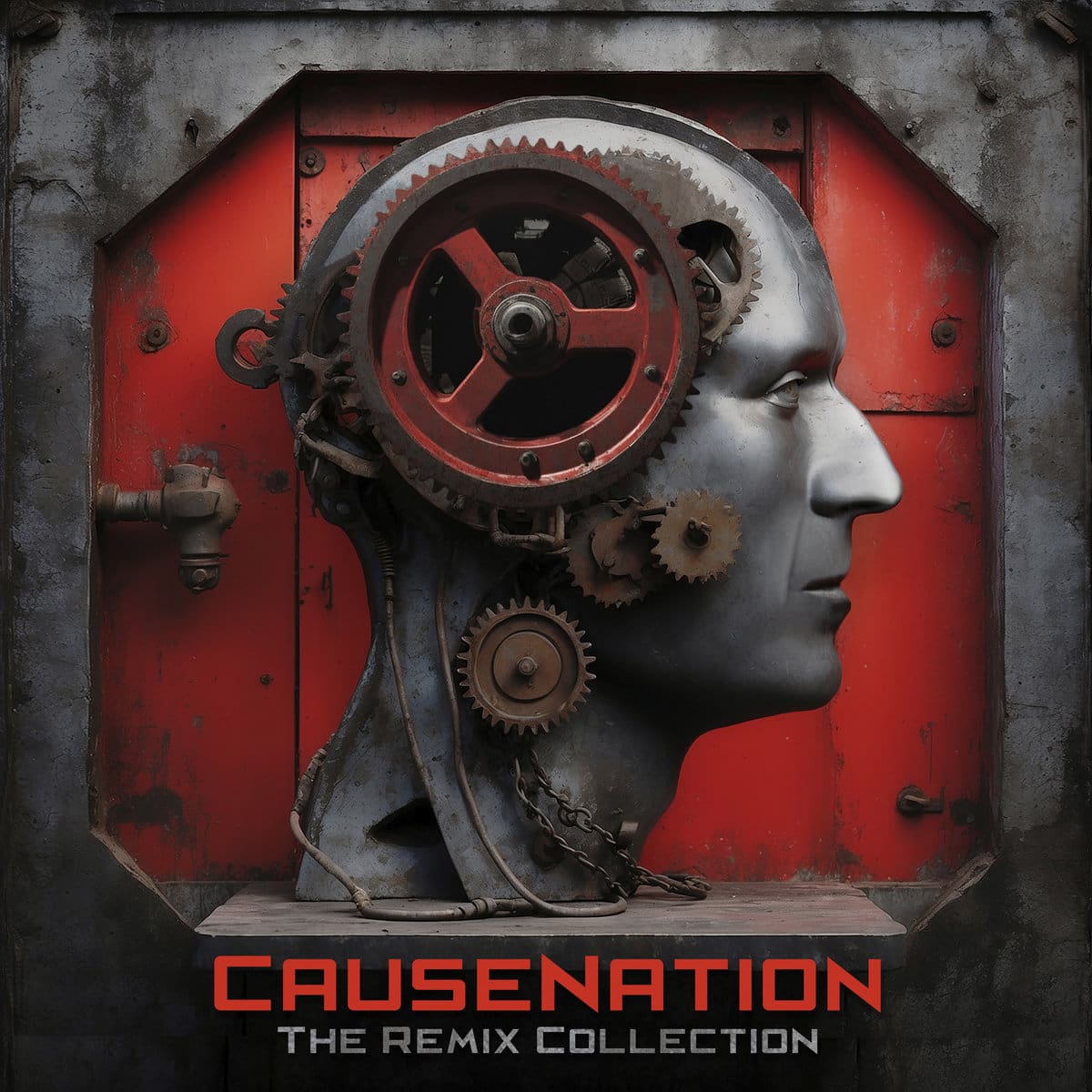‘Click Interview’ with Liquid G: ‘I Always Stayed Low Profile’
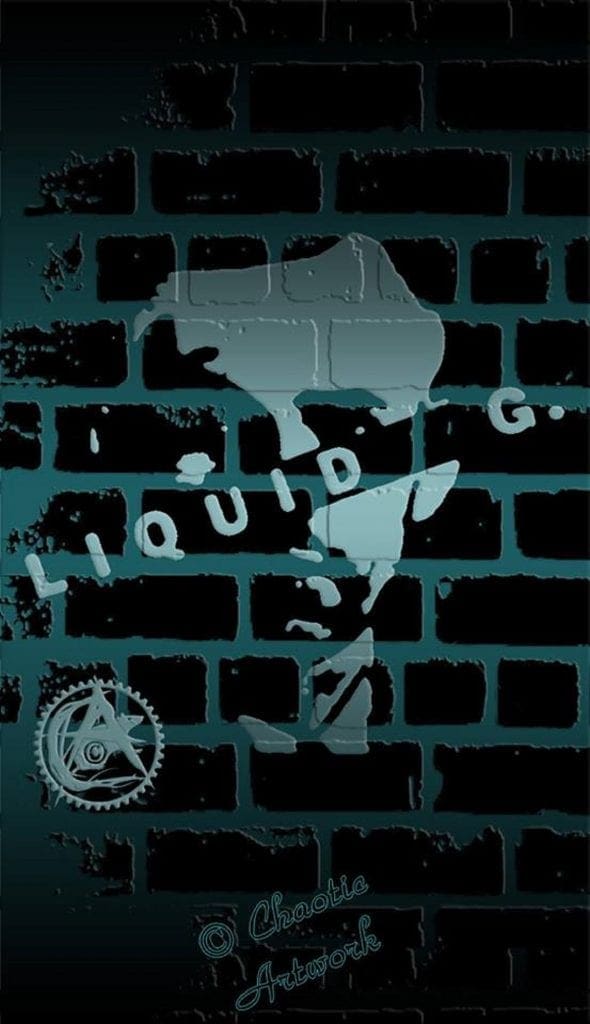
Peter Van Bogaert set up Liquid G in 1986! Inspired by the early ‘Belgian EBM school’ he started to self-release his music on the good-old cassette format (Liquid Products). His sound always remained characterized by darkness. During the years Peter got involved with numerous other (side) projects such as Liquid Trauma, Hydrom Line, SubsecTion 1, Maxx:Impact, Trauma Sutra ao. But Peter always went on with Liquid G releasing new work (also on labels such as EK Product and Dark Entries Records). He this year released the album “Barbed Wire Scrap”, still available as a very limited cassette, featuring ‘revisited’ familiar songs next to previously unreleased tracks. I consider this work as his most accomplished production to date and asked a few questions to this Belgian electronic ‘dino’.
(Courtesy by Inferno Sound Diaries)
Q: You set up Liquid G. in 1986! What did you keep in mind from the early days of Liquid G. and what do you see as the main changes/evolutions between making music in the 80s and today?
Peter: There is a great difference between 1986 and now. Back in the days I didn’t had a lot of money, so I had to make my music with limited resources. Sometimes I had to loan some synths from friends to make my music. These days I have enough resources to choose from, both digital and analogue synths. But sometimes I go back to the early days and work minimalistic with only a few little synths like Korg Monotribe and Monotrons. That also feels so good!
Q: You this year released the album “Barbed Wire Scrap”, which is a fine selection of previously unreleased material and alternative versions. Tell us a bit more about the idea of this album and the selection of the songs?
Peter: Well, the last year(s) I spent more time creating sounds om my synths and used them for Liquid Trauma. So I thought maybe it’s time to release some Liquid G. material that I made and never used. When I looked at the tracks, I find out that there were more than enough to have a new release.
Q: I sincerely think this album is your most accomplished work to date. The songs are more elaborated than ever before while I also get the impression you used some extra (maybe new?) equipment to achieve this album so what is it all about?
Peter: Some of the tracks I reworked and remixed, with some new equipment. When we were working on Hydrom Line songs, I asked Bart Verlent to play guitar on some tracks from Liquid G., that also make some different sound on those songs like “Rock N Roll Suicide Star” and “Fed Up!”.
Q: You released numerous albums on cassette format featuring different split-releases, but also a tape called “Musical Art Conjunct Of Sound” (1989) together with Vomito Negro! How do you remember this experience and did you ever got the idea to re-release this tape again on CD format? I think it’s something rare and precious, isn’t it!?
Peter: In that period of 1989, Vomito Negro and I worked with a DAW software on Atari called MACS, a very unstable program. I asked Vomito Negro if I could have some old midi tracks they never used. That’s how I created those songs and called the release “M(usical) A(rt) C(onjuct) of S(ound)” or “MACS”. But now to re-release those tracks, I don’t find them good enough, also the recording sound is very poor and I can’t rework them. But yeah, who knows, maybe someday..
Q: Nearly all of your work is self-released, but you also released two albums on EK Product and even a vinyl on Dark Entries Records. What do you see as the pros and cons working with labels and working the good-old ‘DIY’-way (especially today)?
Peter: I liked working together with labels, but when I have more than enough tracks to bring out a new release, I can’t wait until a label decides to bring out the work in a couple of years. I know sometimes labels have too many bands on their label. And the sale of CD’s isn’t very OK at this moment, you only sell stuff when it’s something special or very limited. That’s why I only made a few tapes from “Barbed Wire Scrap”.
Q: There’s one thing I’ve never understood with Liquid G.. Like several ‘great’ names from the Belgian EBM/dark-electro scene you started making music in the 80s and shared similar influences, but Liquid G. always remained pure underground. Why did all these other bands you’ve been in touch with (The Klinik, Insekt, Vomito Negro…) became recognized all over the world while you remained one of Belgium’s finest hidden secrets? What does it say about promotion, distribution, labels, image etc?
Peter: I always stayed low profile, didn’t do live performances in the early years, only some special guest performance with Vomito Negro. But I didn’t care, for me it was and still is a hobby. But I’m glad that the name Liquid G. is still known in some foreign countries. For next releases from Liquid G., Liquid Trauma and Hydrom Line, I normally will work together with Wool-E-Discs. If another label is interested to bring out some (old) material, they are always welcome.
Since you’re here …
… we have a small favour to ask. More people are reading Side-Line Magazine than ever but advertising revenues across the media are falling fast. Unlike many news organisations, we haven’t put up a paywall – we want to keep our journalism as open as we can - and we refuse to add annoying advertising. So you can see why we need to ask for your help.
Side-Line’s independent journalism takes a lot of time, money and hard work to produce. But we do it because we want to push the artists we like and who are equally fighting to survive.
If everyone who reads our reporting, who likes it, helps fund it, our future would be much more secure. For as little as 5 US$, you can support Side-Line Magazine – and it only takes a minute. Thank you.
The donations are safely powered by Paypal.


